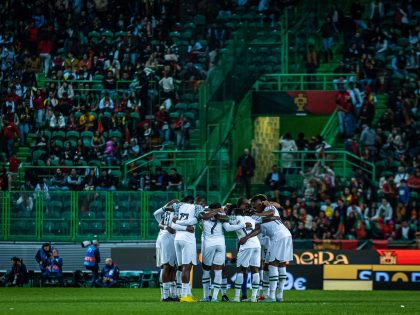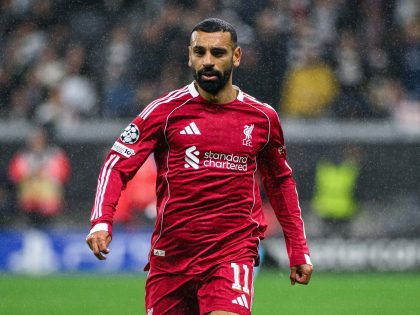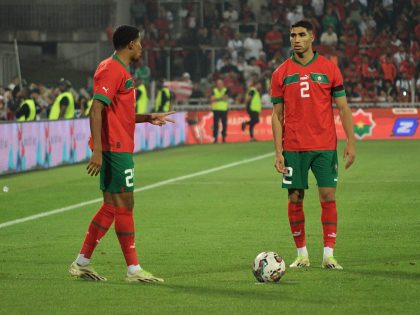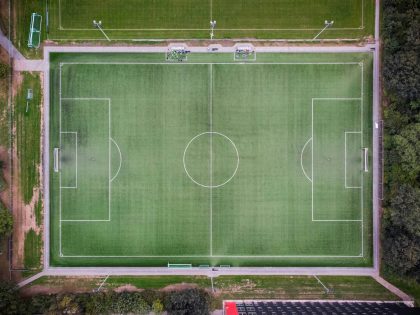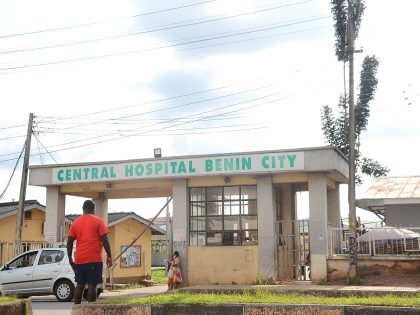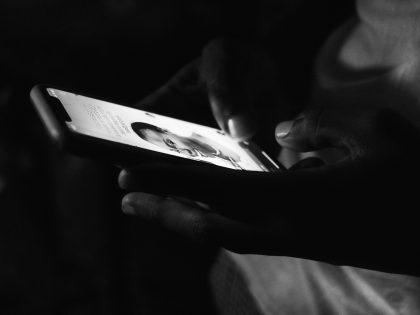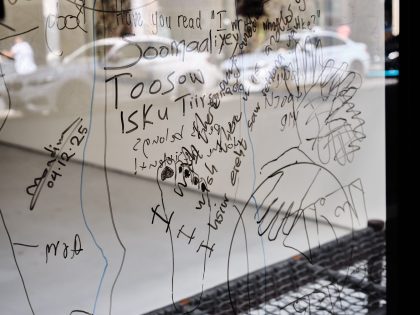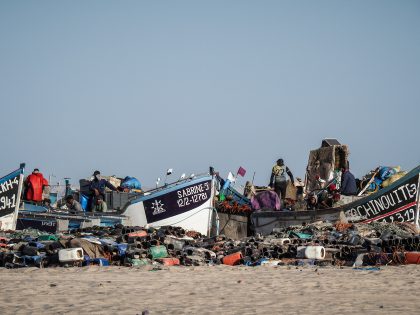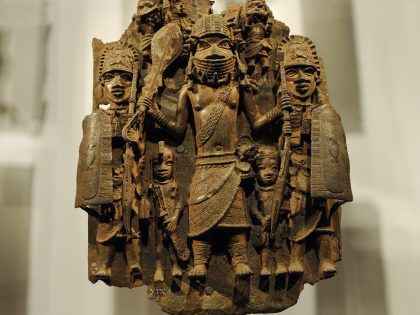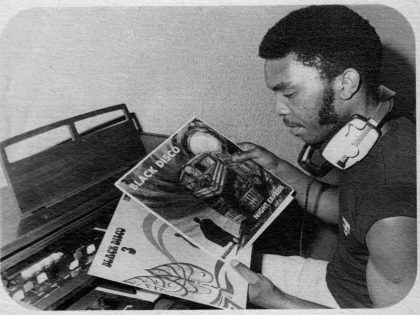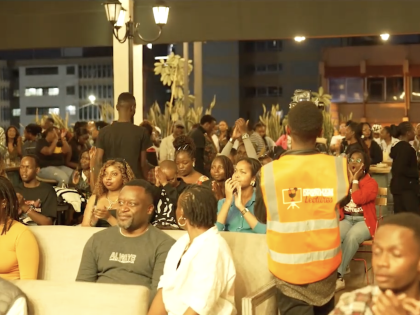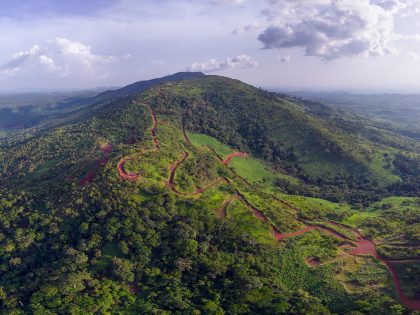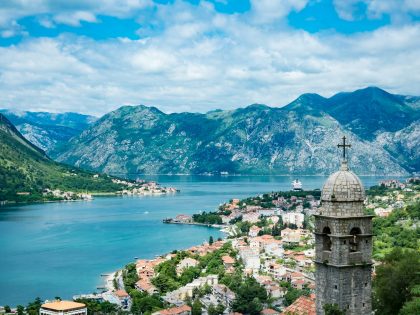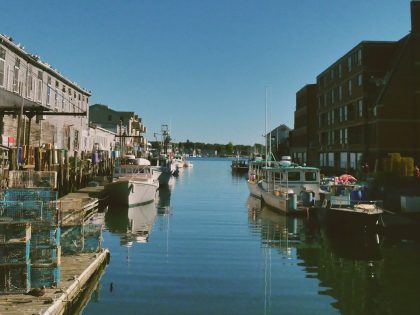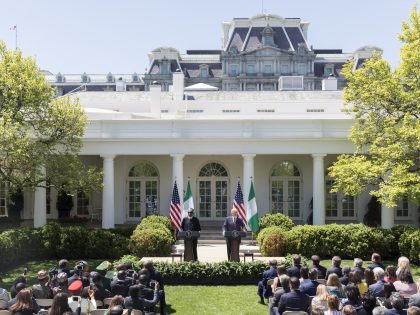What Else Is There?
The author grapples with how to photograph the lives of her neighbors in a part of North East Nigeria, where Boko Haram is on a reign of terror.

Images by Fati Abubakar.
From the day that Boko Haram decided to attack a prison gate in Maiduguri, Borno State, in North East Nigeria, there has been chaos. Boko Haram—literally meaning “western education is forbidden”—has been on a rampage for several years. This terrorist group has successfully destroyed every sector of public life in this region of Nigeria: the economy, through bomb blasts in the markets around Maiduguri; politics, through targeted killing of politicians; the education sector, through kidnappings of students and killing of teachers; and the monarchy and the dynasties, through the killing of traditional leaders. It is has attempted to erase all that it considers ‘un-Islamic’ in its quest to rule.
The state is currently plagued by the turmoil and despair of this reign of terror. The narratives created for us, as a people, are death, devastation and destruction. We are stereotyped as perpetual victims. Indeed, the stories of sadness are true, but what else is out there? As a graduate student studying Public Health in Britain, I obsessively follow the news from back home. It is all the same. My hometown is on fire, literally and figuratively.
Indeed, when I returned home in 2015, Maiduguri was a town under fire but still very much going on with daily life. So, I picked up a camera, out of anger at the representation of the conflict in my community. I knew what I wanted to zoom in on: the resilience of my people. Years of mainstream media coverage had, as expected, focused on our worst times. The sadness. The dead bodies on the street. The destroyed buildings. The rape. The trauma.

But beyond the headlines, what is exactly happening? After the breaking news, what becomes of the widowed and the orphaned? How are people feeling, coping in this turmoil? I want to know. I also feel that the documentation of African stories by Africans is very important. We needed to capture present day realities of Africa from an array of African lenses.
In my case, Borno is not only losing its people but also its identity and cultures due to the mass displacement of communities. There are perils to that displacement, as we also have to preserve our heritage. I want to document and preserve social practices, festive events, daily tasks and knowledge. My way of doing so is through photography.
I documented everyday stories of my community for two years nonstop. I photographed everything from the impact of the insurgency on our town to the resilience of our people to the social groups within my community. Through visual storytelling I’m able to help people learn more about our cultures and traditions while at the same time archiving our present. Years from now, generations will want to know what happened.

But communities in Borno State are very unpredictable. There is always the threat of a suicide bomber coming to town and killing thousands. We see it happen often. The conditions in which I work are volatile and uncertain. There have cases of suicide bombers entering markets and crowded areas. We have had dozens of incidents in the past year. Despite all of this, I walk around every day photographing communities and taking portraits of people and interviewing them. It is important that people know of our stories of resilience.
I have had to suppress my own fear in order to continue this project. I am constantly being cautioned about the danger of working in a conflict zone, but I believe it is my role to help frame not only how we are perceived but also the true picture of our community. And what do I find? Fashionable youth girls dressed for Eid celebrations. Young men excited to finally start playing football games at the local stadium for the first time in eight years. A local musician singing his hit song for a group of excited graduates from the university that had never closed for a day despite being surrounded by conflict. A herder of cattle roaming across fields even as stories of theft of animals by terrorists abound. A smiling child at a camp oblivious to his surroundings. A wedding. A beautifully adorned bride being photographed as her husband’s friends insisted the photoshoot end because the bride has to be taken to her home before the curfew. A driver who takes thousands out of villages as bullets hit his car. A young man who decided to fight the insurgency.

Stories of bravery, courage, sheer strength and beauty are what I find when I see my community through the lens of resilience. The conflict is ongoing, the humanitarian crisis is daunting, our problems still exist. Yet, every day I marvel at how the human spirit is able to endure all this pain and find strength to wake up, get dressed and go to find a way to fight this insurgency or simply to just teach or to go school or to see a counsellor or to eat or to play for the local team.
Simple, everyday strength.
